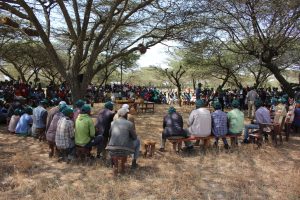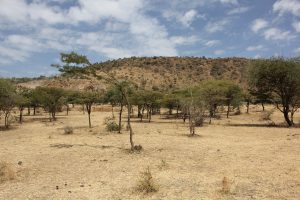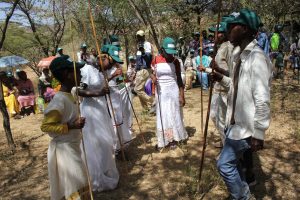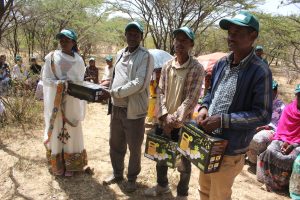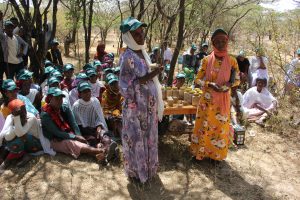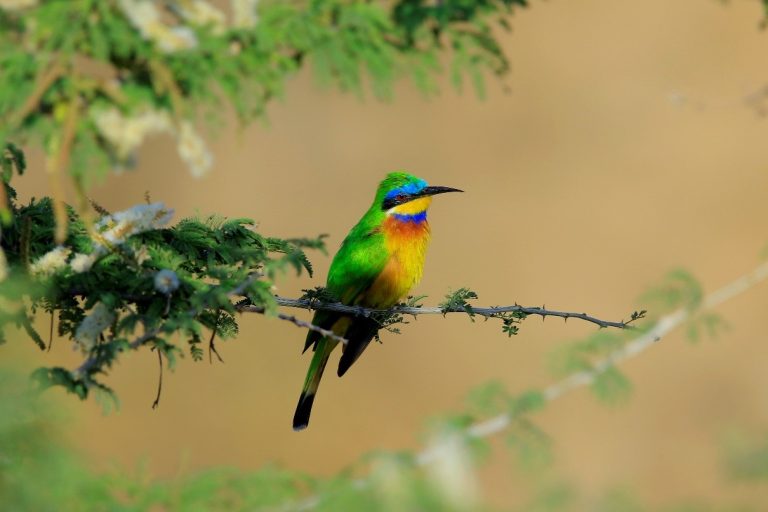On Sunday November 26 Farmer Forest Day was celebrated at the Worja Kamo Hill. In this project we focus on reforestation and restoration of degraded lands together with IDH, VOCDA and the local community. Close to one million trees have been planted over the last 5 years.
During the celebration, attended by approx. 200 persons, the achievements of the project were celebrated. The area of 200 ha has revived, and biodiversity has increased. The project shows that communities can benefit from eco-friendly agriculture, forestry and income generating activities such as organic honey and Moringa soap production.
Recently, researchers have conducted a survey to assess the biodiversity of the rehabilitated area. Their findings are that the Worja micro-catchment is endowed with at least 29 tree and shrub species. This makes the micro-catchment far richer in species diversity and abundance than its adjacent surroundings where only a few tree species are observed scattered in the farm fields. Therefore, Worja micro-catchment can serve as a gene pool and seed reserve hotspot for important tree and shrub species.
Though the abundance of insects found in that area of land is high, their diversity is relatively low which is related to the fact there is lower coverage of vegetation which calls for the conservation and plantation of the area.
During the survey, 99 species of birds were spotted of which 6 are threatened birds’ species. Especially the three vulture species in the area are critically endangered and are found nesting and in good numbers in the area. Even more reason to continue with the project and keep all stakeholders aligned.
